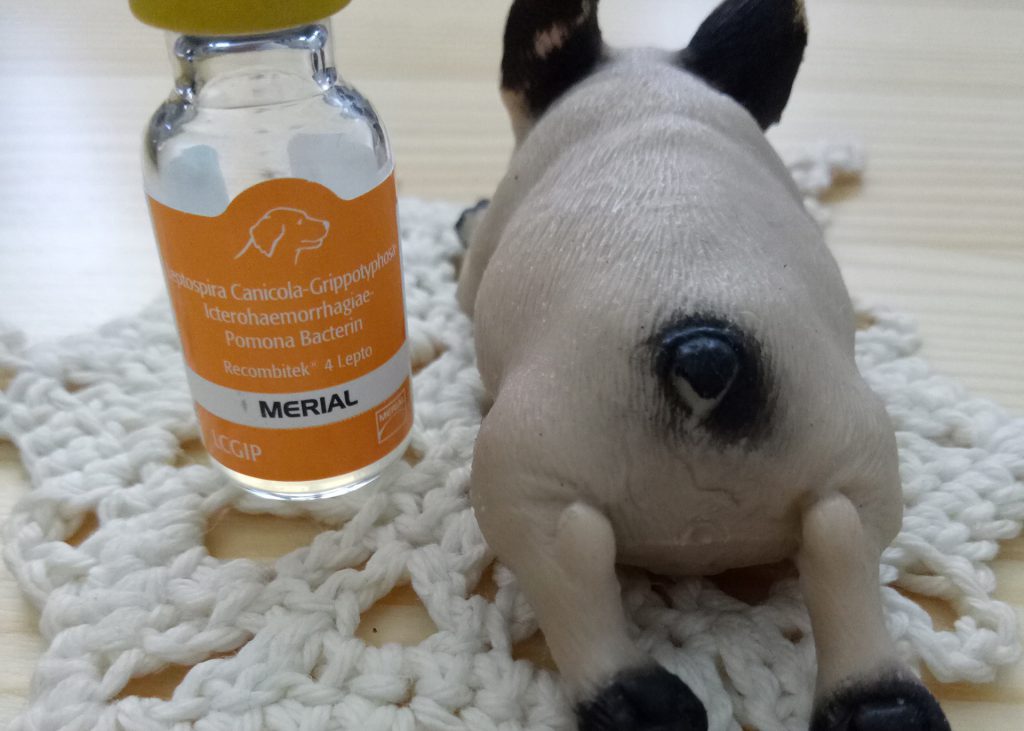Share Article:
What is euthanasia?
Euthanasia is assisted death. It’s an alternative option for animals when pain and suffering is intractable. It is also know as “put to sleep”.
Why is it such a tough decision?
- Our pets are unable to communicate their wants verbally
- Caregiver’s guilt
- Affected by religion, culture and beliefs
Procedure:
- After a general checkup and discussion with the caregiver, if euthanasia is the best option, you’ll be asked to sign a consent form.
- We do not usually insert an intravenous catheter, unless the patient is weak and moribund. Insertion of iv catheter could be stressful to the patient and caregiver. The caregiver could stay with the patient throughout the procedure. For most cases, there will be a total of two injections. The first one is a mixture of drugs for pain relief, reduction of anxiety and sedation. This will either be given in the muscle or fat layer. It takes about 10-20 minutes for the drugs to kick in. Most patients would be groggy and resting after this injection.
- The final injection, a barbiturate, will be given in the vein. Occasionally, we may have to offer other options if the patient’s blood pressure is poor. At this point, the patient would be comfortable and ok with iv injection. Local anaesthetic would be applied on the site of injection and the drug is usually administered in the leg vein. This is so that the family could hold and cuddle the patient during the process. It is an anaesthetic drug given in overdose— breathing would slow and stop while the heart would also slow and eventually stop.
Possible observations
Involuntary muscle twitching in the face or limbs may occur. Rarely, there might be a final vocalisation or gasp, but it’s not indicative of pain. They are involuntary reflexes.
Release of stools and urine is normal after death.
Eyes usually remain open unless we hold the eyelids down.
How do we make the process better for you?
The family may be present throughout the process, and you may take your time before we continue each stage. We may have to adapt procedures according to the status of the patient, but rest assured we will let you know what is happening at each stage.
- Cats, Dogs, Euthanasia, Geriatric, Pets
You might be interested

Do I need to vaccinate my dog every year? The short answer to the question above is: YES you should vaccinate your dog every year!

Just like us humans, age-related changes to the brain are unavoidable. Their senses may start to lose their abilities, and may be unable to see and hear as well as before.